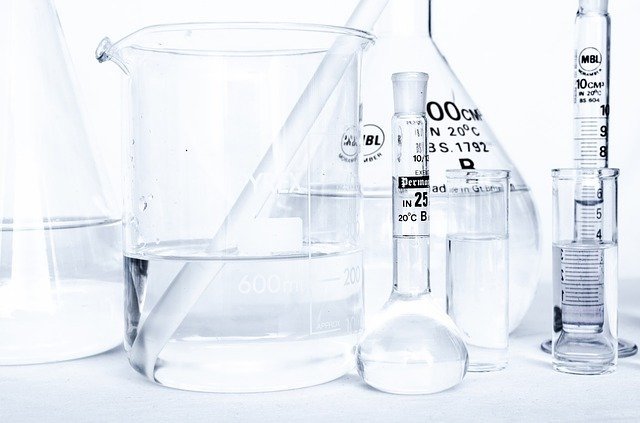
GLP is a quality assurance system that labs and other companies use to ensure integrity, consistency, and reproducibility within non-clinical studies and tests.
In the weighing and lab industries, you will often see the term “GLP-compliant.” You may or may not know what that means. GLP stands for “Good Laboratory Practice: but what does it really mean? GLP, which was introduced back in 1972, is a quality assurance system that labs and other companies use to ensure integrity, consistency, and reproducibility within non-clinical studies and tests. Clinical lab studies utilize Good Clinical Practices and other regulations that protect the safety of humans that participate. GLP regulations are not concerned with the content, technical or scientific, of the research or evaluate the value of said studies – they’re simply all about quality assurance. Read on to learn what GLP means and how it affects your lab scales and balances!
What Goes GLP Really Mean?
The five primary points of GLP are:
- Resources: The responsibilities of research personnel must be clearly defined, and their qualifications and training must be documented. Equipment has to also be in correct working order, follow a program of qualifications, maintenance, and calibration.
- Characterization: it is essential to know as much as you can about the materials used within your study.
- Rules: every test should be conducted using protocols and written standard operating procedures to ensure that the results are repeatable.
- Results: the raw data has to reflect the procedures and conditions of the study, while the final report, which is usually provided to authorities, must include an account of the way the analysis was ultimately performed, along with the scientific interpretation of data. Easily accessible archives of the original data has to be maintained for a few years.
- Quality Assurance: GLP requires an entire team of independent personnel to be assigned to a study to help assure compliance with GLP standards.
How Does GLP Affect Scales and Balances?
GLP regulations cover equipment, including suitability for a study: an analytical balance with the readability of around 0.0001g, for example, would be entirely unnecessary for scientists tracking the overall weekly weight of a mouse. When under GLP guidelines, a study director would define the overall suitability. However, with analytical equipment, often it is required to conduct formal tests or qualifications as a part of the larger-scale selection process. Balances have to be calibrated for use in studies, with the frequency of calibrations defined as a part of the regular operating procedures mentioned earlier. Documentation of calibration and other types of equipment tests have to be retained too.
Printouts for quality control, traceability, and data tracking are critical aspects of GLP too. To those GLP compliant, printouts should include time, date, and the main weighing device’s ID.
FOR ALL LAB EQUIPMENT AND LAB NEEDS, CONTACT LAB PEOPLE TODAY
The Lab People Inc. is a trusted provider of laboratory equipment, services, supplies, and rental equipment for you and your laboratory. As an ISO 17025 accredited service organization, we stand behind our services with 100% satisfaction guaranteed for all of our customers. We are here to provide you with the best lab equipment service, equipment, and supplies.
For more information about how we can assist you, visit our website, email us, or give us a call at 1-800-296-2001!
Do not forget to follow us on Facebook, Twitter, and Linkedin!